Induction surface Quenching works
Views Send Enquiry
Induction quenching is the process of quenching steel by heating it. It is done by an alternating magnetic field to a temperature above or within a specific transformation range. It is straight away followed by quenching. This procedure of quenching can be specifically applied to both full as well as surface quenching methods. This is the kind of heat treatment process in which the metal part is heated and later it is quenched. The metal which is quenched further undergoes a martensitic transformation in order to enhance the hardness and brittleness of the specific part.
Principal Techniques:
This quenching process can be performed mainly by two procedures:
Traverse quenching
Single-shot quenching
In the traverse quenching systems, the work piece to be worked on is repeatedly passed through the induction coil and a quenching spray is being used. It is majorly used in the production of some shaft type components including steering components, drive shafts and power tool shafts etc. The quench ring that is being used can also be an integral component. This method is also applicable in the production of edge components such as: hacksaw blades, leather knives, paper knives and lawnmower bottom blades.
In the single-shot quenching method the component which is to be treated is held statically or is rotated inside the coil in which the complete area is being heated for a particular time which is pre-set. This method is generally used for edge quenching of complex shaped tools, flat face quenching of hammers and for the production of small gears.
Requirements for Induction quenching:
As far as this heating procedure is concerned, three things which are majorly required for this process to occur are as follows:
1. A high frequency electrical power source 2. A work coil to generate the alternating magnetic field 3. An electrically conductive work piece which is to be heated
Before this heat treatment process is performed, it is necessary to make a note of the chemistry of the metal, the adjustment of the temperature of the metal and last but not the least the characteristics of the metal.
Tips for Successful Induction quenching of Steels:
The selection of steel plays a vital role in this heat treatment process. Steel parts are mainly hardened to get hold of some specific properties such as wear resistance, tensile and fatigue strength. Moreover, it can either be done on a specific part of the work piece or throughout the entire part. The procedure involves heating the work piece to a temperature which is higher than the austenitizing temperature and then the steel is allowed to cool at a rate which is fast enough to transform it to fully martensitic structure.
These quenching service providers must have a license which states that these are authorized to perform the different types of heating treatments and the company or the service provider must use the right equipments and procedures for quenching.
Principal Techniques:
This quenching process can be performed mainly by two procedures:
Traverse quenching
Single-shot quenching
In the traverse quenching systems, the work piece to be worked on is repeatedly passed through the induction coil and a quenching spray is being used. It is majorly used in the production of some shaft type components including steering components, drive shafts and power tool shafts etc. The quench ring that is being used can also be an integral component. This method is also applicable in the production of edge components such as: hacksaw blades, leather knives, paper knives and lawnmower bottom blades.
In the single-shot quenching method the component which is to be treated is held statically or is rotated inside the coil in which the complete area is being heated for a particular time which is pre-set. This method is generally used for edge quenching of complex shaped tools, flat face quenching of hammers and for the production of small gears.
Requirements for Induction quenching:
As far as this heating procedure is concerned, three things which are majorly required for this process to occur are as follows:
1. A high frequency electrical power source 2. A work coil to generate the alternating magnetic field 3. An electrically conductive work piece which is to be heated
Before this heat treatment process is performed, it is necessary to make a note of the chemistry of the metal, the adjustment of the temperature of the metal and last but not the least the characteristics of the metal.
Tips for Successful Induction quenching of Steels:
The selection of steel plays a vital role in this heat treatment process. Steel parts are mainly hardened to get hold of some specific properties such as wear resistance, tensile and fatigue strength. Moreover, it can either be done on a specific part of the work piece or throughout the entire part. The procedure involves heating the work piece to a temperature which is higher than the austenitizing temperature and then the steel is allowed to cool at a rate which is fast enough to transform it to fully martensitic structure.
These quenching service providers must have a license which states that these are authorized to perform the different types of heating treatments and the company or the service provider must use the right equipments and procedures for quenching.
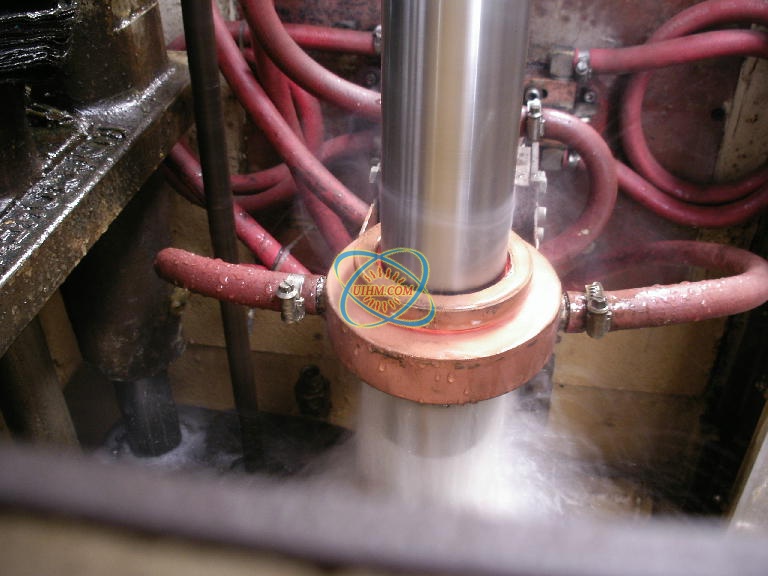
Induction surface Quenching works
Good
Bad
Related Content
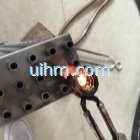
induction brazing SS steel by handheld induction coil
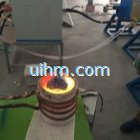
induction melting silicon and steel
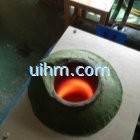
magnesium oxide acidic furnace for induction melting glass
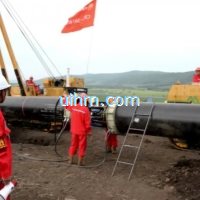
induction preheating gas pipeline by full air cooled clamp induction coil and DSP induction heater
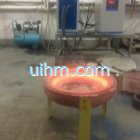
induction melting with Titanium alloy pot by customized induction coil
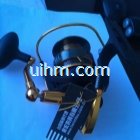
induction melting aluminium for casting wire wheel
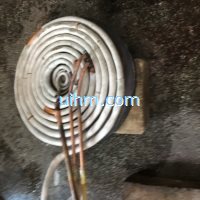
induction heating steel plate by pancake induction coil
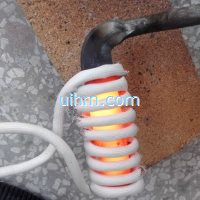
induction heating steel knife
Hot
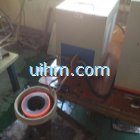
induction quenching steel pipe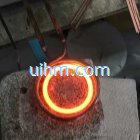
induction quenching gear
induction quenching TCT (tungsten carbide tool) parts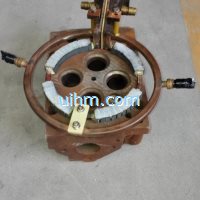
induction quenching surface of engine part to 0.1mm depth by 300KW UHF induction heaters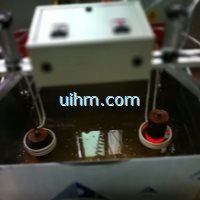
induction quenching steel rods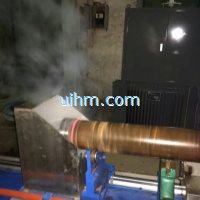
induction quenching large steep pipe by 500KW RF induction heater (2)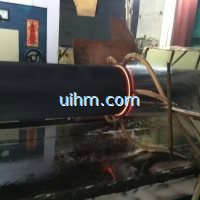
induction quenching large steep pipe by 500KW RF induction heater (1)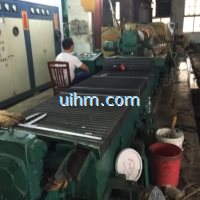
induction quenching lager steel shaft by SCR induction heater

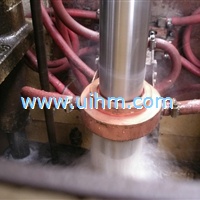
Newest Comment
No Comment
Post Comment